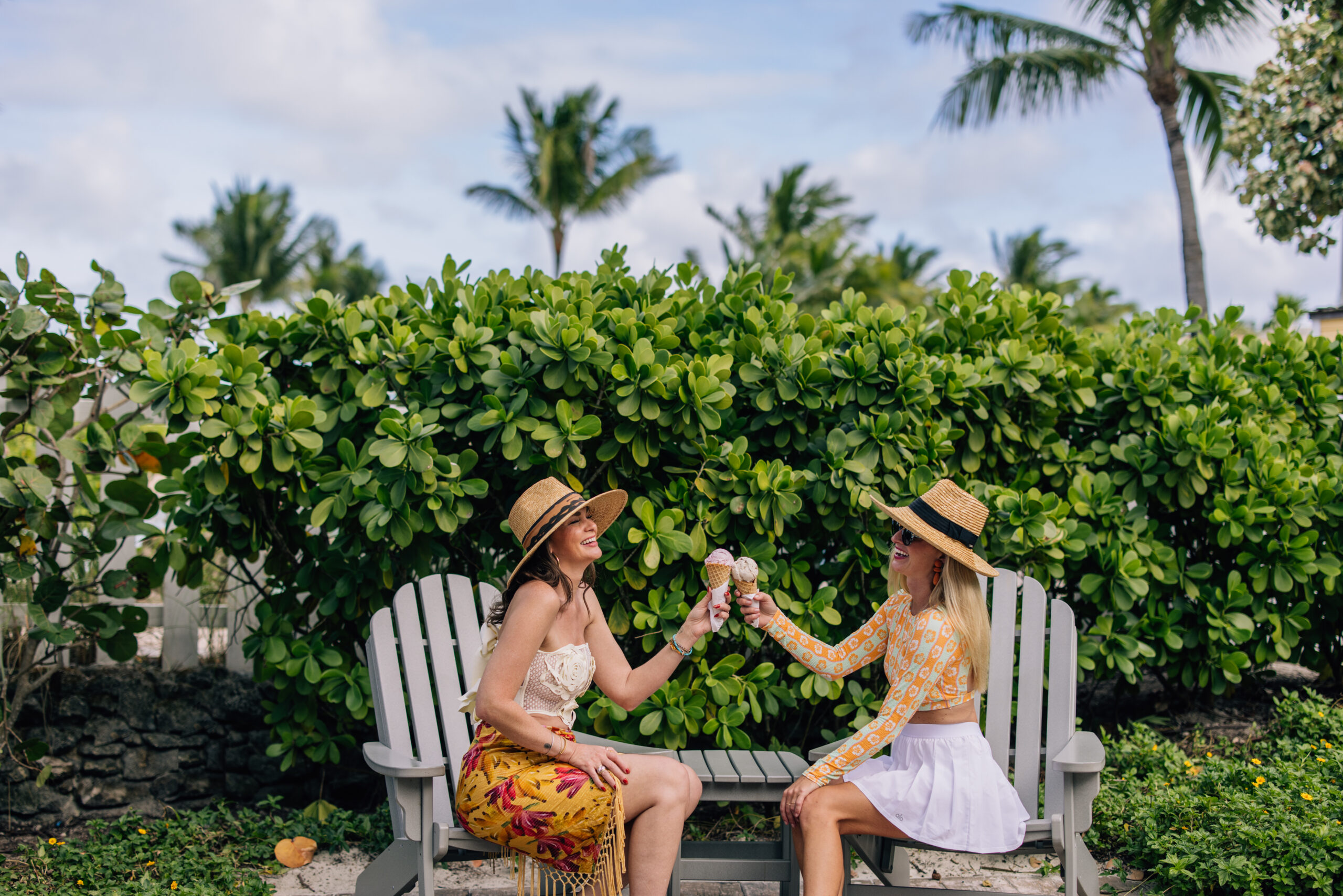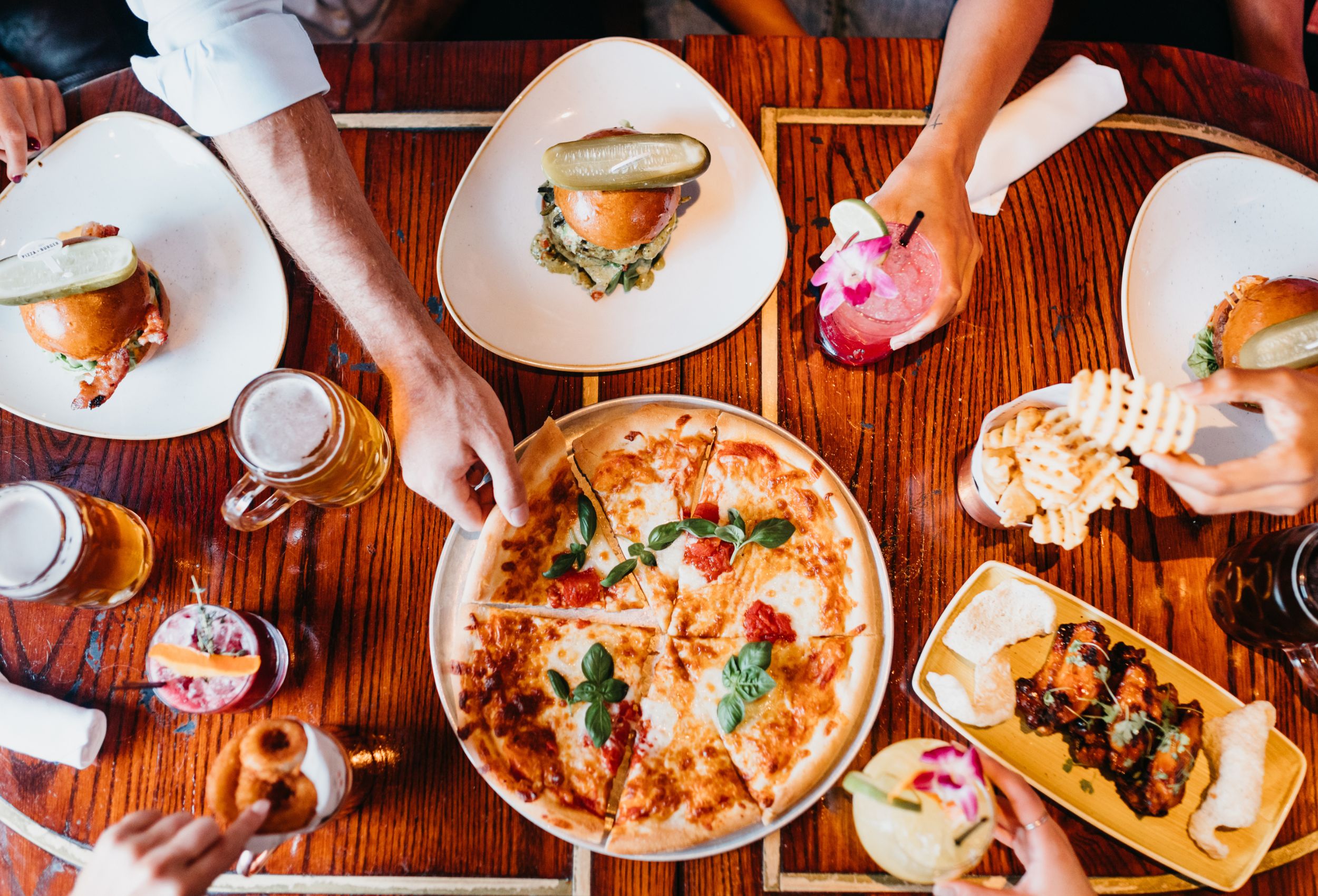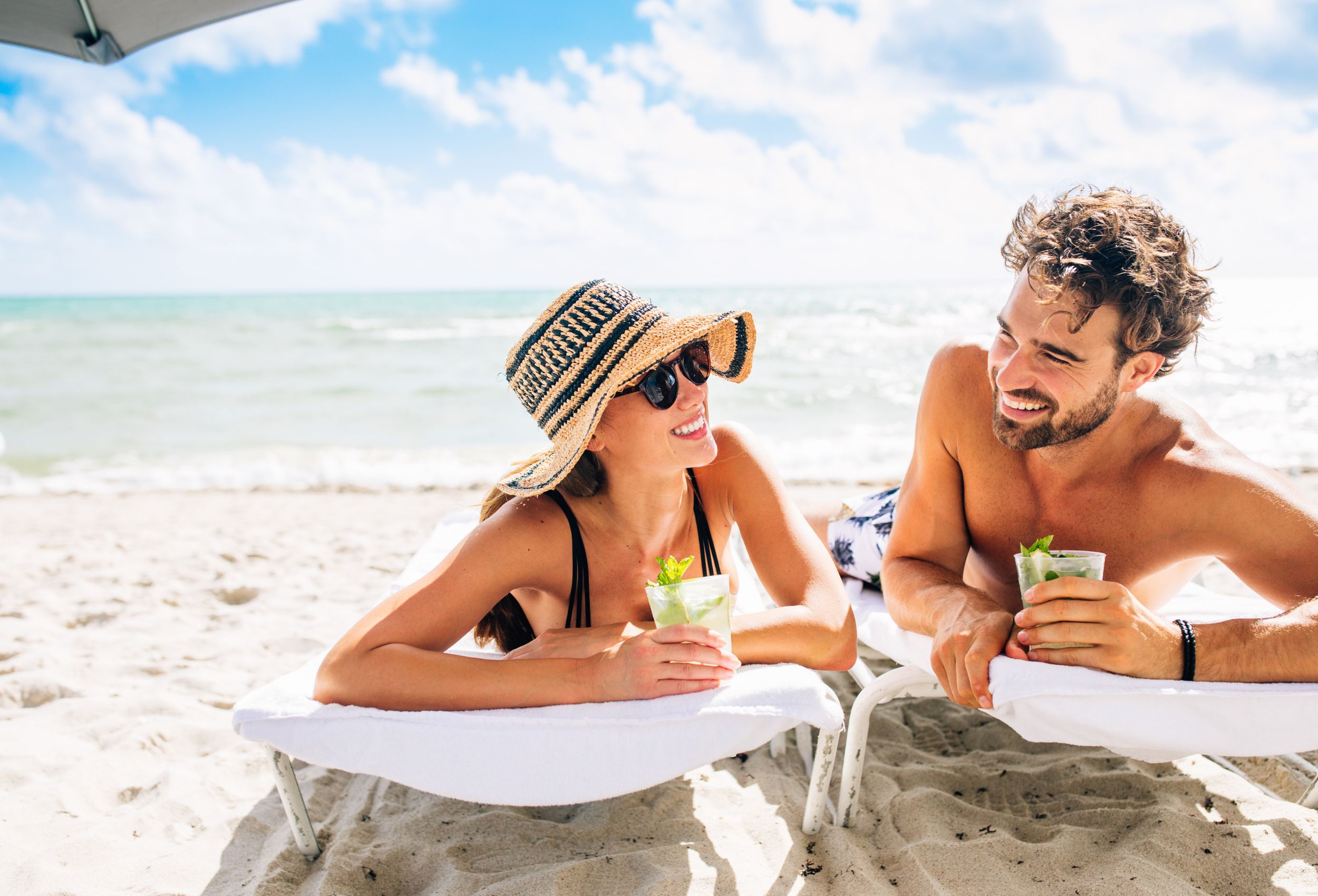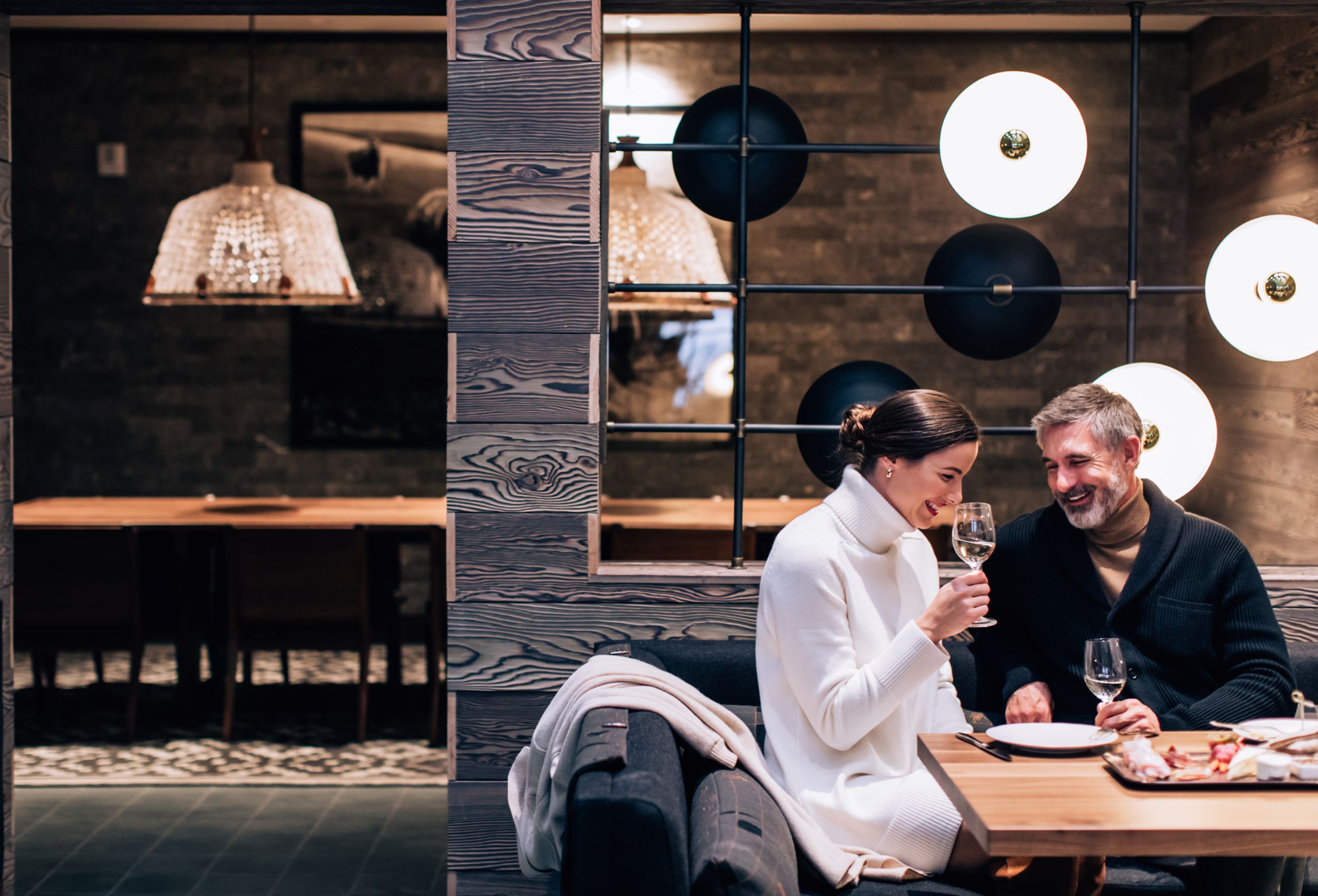These days when someone searches for a resort or high-end travel destination, they are inundated with hotel social media ads. So what elements make some ads stand out? There are definite constants in crafting great ads to deliver ROI for luxury properties.
It starts with the eyes.
Striking images are the backbone of a great social ad. The exact mix of visuals varies based on the platform, but we recommend a healthy rotation of lifestyle and still imagery. Taking the production up a notch, these visuals are best leveraged as video or dynamic creative. Use most of your creativity to highlight the product or service with a little wow factor. For hospitality, think of different suites, amenities, or on-site dining. Demos also raise awareness and get consistent engagement. From a design standpoint, frame your creative for mobile viewers first. Then start work backward from a mobile view to a format that also works for desktops.
It moves to the head.
Headlines are the most powerful way to move a viewer to a click. If the job of the visual is to showcase a stunning focal point and stand out in the newsfeed, the headline needs to keep you from swiping. The best headlines work seamlessly with the layout. They are simple enough for users to understand at-a-glance before deciding to click the call-to-action button on the ad–and engaging enough to make them want more.
Think of it as a game of connecting the dots. Is the headline paying off a visual and an offer for a seasonal or holiday promotion? Does the property offer a special service for certain demographics, such as couples or families, during a specific time or at a discounted rate? Is there special pricing for a limited time? These details qualify the viewer you’re hoping to reach. Follow up with some supporting copy, and you’re on the path to conversions.
The Heart of a Great Social Ad Campaign is Targeting & Testing
Creating ads that connect with people is key–as long as you’re connecting with the right group. For targeting, you will want first to consider your goal. Are you trying to drive revenue or awareness? Is your goal to generate engagement? or clicks? From there, you can determine whether it is better to target users based on known data points, for example, their location, their interests, or their activity across the website and/or the property’s social pages. Once you have your base targeting down, A/B testing is a proven way to optimize your campaign. For example, you can test the same creative with two different audiences, such as interest-based vs. remarketing audiences. Or try testing two different creatives with the same audience. Another classic testing model involves tracking how a single audience engages with two different offers. Targeting and testing will help you increase conversions as you learn more about your audience.
Hit a Nerve with the Right Call To Action
You generally test how your campaign performs based on your objective, i.e. engagement, reach, clicks, etc. The CTA is critical to driving this engagement. The succinct, compelling message needs to fit with the tone of the graphic and the headline. For the mobile ad format, a call-to-action is best incorporated within the creative and should be simple, straightforward, and engaging, ultimately helping guide users through the immersive ad experience without interrupting the flow. For in-feed placements, we think along similar lines to what we have in our headline, something that connects the dots and is equally engaging and catchy.
Great Examples of Hotel Social Media Ads
Now that you have the anatomy of a great ad, have a look at some examples of our work. Our paid media team puts together case studies on a quarterly basis for different ads, audiences, and objectives to showcase optimal campaign results. And they love to share those case studies from highly successful campaigns. Send us a note and indicate if you’d like to see one of these case studies, or something on another topic.





